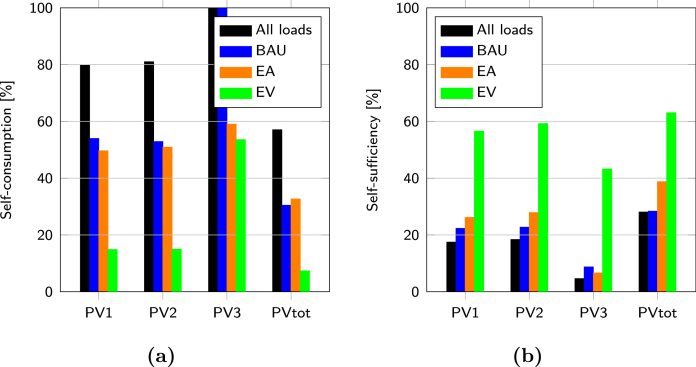This Content Is Only For Subscribers
Authors: Patrik Ollas, Sara Ghaem Sigarchian, Hampus Alfredsson, Jennifer Leijon, Jessica Santos Döhler, Christoffer Aalhuizen, Torbjörn Thiringer, Karin Thomas
Publication Date: 19 September 2024
Category: Electric and Hybrid Propulsion Systems
Article Link: https://www.sciencedirect.com/science/article/pii/S0306261923013107
DOI: https://doi.org/10.1016/j.apenergy.2023.121946
Abstract (Official): Following the societal electrification trend, airports face an inevitable transition of increased electric demand, driven by electric vehicles (EVs) and the potential rise of electric aviation (EA). For aviation, short-haul flights are first in line for fuel exchange to electrified transportation. This work studies the airport of Visby, Sweden and the effect on the electrical power system from EA and EV charging. It uses the measured airport load demand from one year’s operation and simulated EA and EV charging profiles. Solar photovoltaic (PV) and electrical battery energy storage systems (BESS) are modelled to analyse the potential techno-economical gains. The BESS charge and discharge control are modelled in four ways, including a novel multi-objective (MO) dispatch to combine self-consumption (SC) enhancement and peak power shaving. Each model scenario is compared for peak power shaving ability, SC rate and pay-back-period (PBP). The BESS controls are also evaluated for annual degradation and associated cost. The results show that the novel MO dispatch performs well for peak shaving and SC, effectively reducing the BESS’s idle periods. The MO dispatch also results in the battery controls’ lowest PBP (6.9 years) using the nominal economic parameters. Furthermore, a sensitivity analysis for the PBP shows that the peak power tariff significantly influences the PBP for BESS investment.
GAT Editor’s Comments:
– This paper studies the airport of Visby, Sweden and the effect electric vehicle (EV) and electric aviation (EA) has on its electrical power system
– Visby is a high-latitude airport with significant energy and power demand increase from EA and EV charging
– The study measured airport load demand from 1 year of operation and simulated EA and EV charging profiles while also modelling solar photovoltaic and electrical battery energy storage systems
– Key: a multi-objective dispatch combining self-consumption enhancement and peak power shaving performed the best
– The paper validates the need to optimize economic models governing the economic relationship between electric aviation and related supporting infrastructure and systems
– Much more study is required in this area across different types of electric aviation vehicles (eg. hybrid vs. all-electric aircraft; short vs. longer haul), different generations of vehicles (eg. first vs. second and subsequent generation) and evolving battery and battery handling technologies


